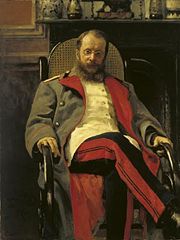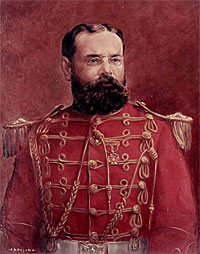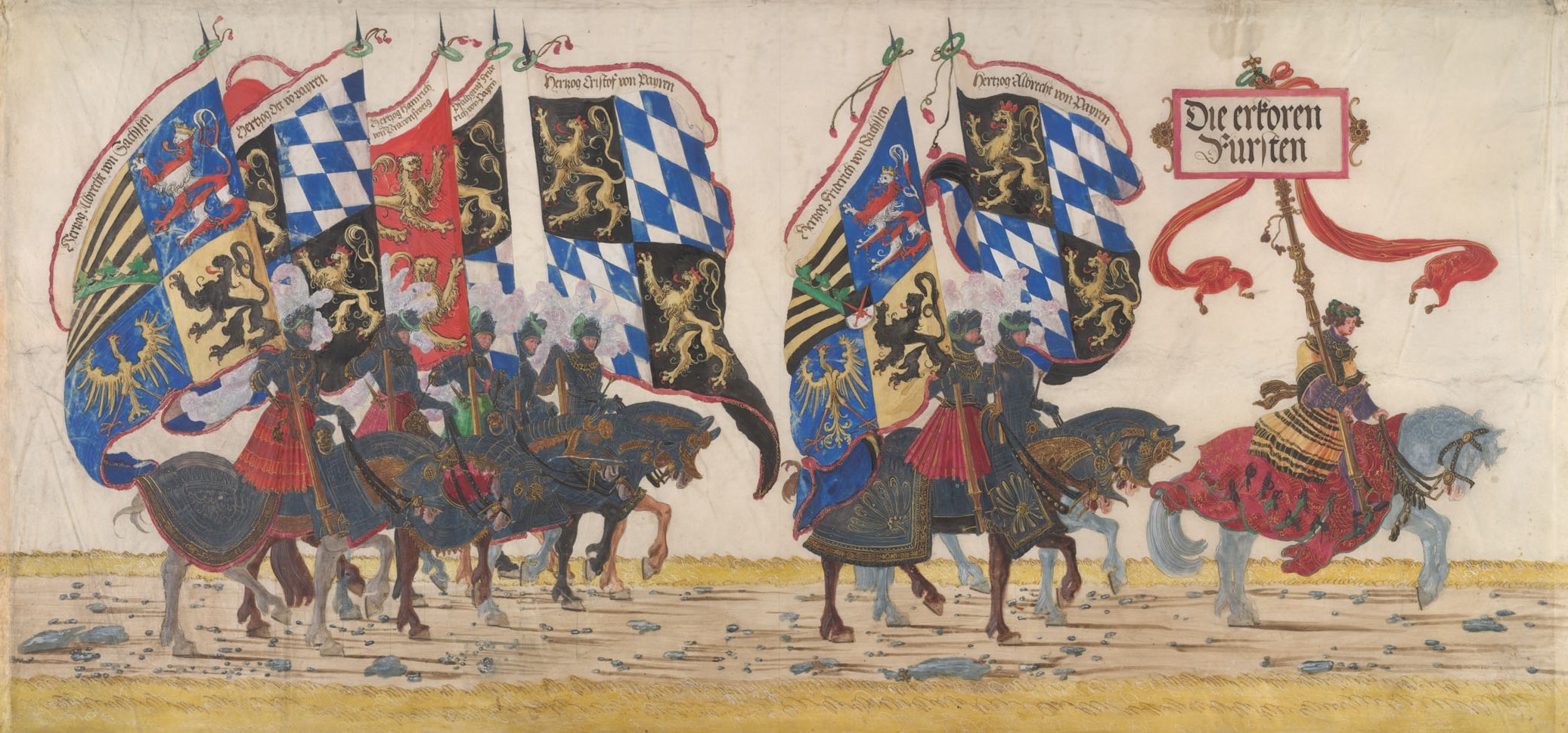"Jazz will endure just as long as people hear
it through their feet instead of their brains."
AUTHOR: John Philip Sousa
MEANING OF THE QUOTE:
"The style of jazz is meant to be felt through
movement; that is what attracts people to it."
Procession of the Nobles

"Procession of the Nobles" (the introduction
to Act II of Rimsky-Korsakov's four-act opera
"Mlada") arranged for an enlarged orchestra,
depicts the formal entrance of the local
nobility into a lavish reception with an
opening brass fanfare providing the pomp
and the woodwinds the regal flourishes that
embellish this work. The opera itself is based
on a text from Slavic mythology around the
ninth or tenth century set in a region on the
Baltic Sea which was known for the daring of
its warriors and their elegant white Arab steeds.
| http://descubrelamagia.ning.com/m/group/ discussion?id=2649861%3ATopic%3A383268 |
Rimsky-Korsakov described this opera as
"experimental" when he composed it in 1889
(the solo heroine’s role is performed by a
ballerina and not sung at all) and was the first
work of his to show the influence of
who affected so many composers of the time.
Although the opera was unsuccessful, the
"Procession of Nobles" from it has been enjoyed
by audiences since its first introduction and still
popular today. It was even used as the theme
music for a long-running show on PBS's public
Procession of the Nobles
By Nikolai Rimsky-Korsakov
Nikolai Rimsky-Korsakov (1844-1908) was a
nationalist Russian composer and master
orchestrator famous for symphonic works
like Scheherazade and Capriccio Espagnol.
He was born into a family with a history of
military service in which he eventually
followed. He started piano lessons
at age 6 and composition at 10.
Around the time of his graduation
from military school, he met
 |
| Mily Balakirev |
who introduced him to
fellow young composers
 |
| Repin: César Cui |
and Modest Mussorgsky,
 |
| Repin: Modest Mussorgsky |
heightening Rimsky-Korsakov’s
interest in a composition career.
Eventually, with the addition
 |
| Alexander Borodin |
these composers would
call themselves

Balakirev
Rimsky-Korsakov Borodin Mussorgsky Cui
and advocate for a specifically Russian approach
to composition. Later in his career, Rimsky-
Korsakov became the Inspector of Bands for the
Russian Navy as well as a professor at the
 |
| Saint Petersburg Conservatory, 1900 |
which now bears his name.
Procession of the Nobles (Cortége)
was written in 1889 as part of
the opera-ballet Mlada.
Mlada
Complete Opera
Although it was originally begun
in 1872 as a collaborative effort with
three other composers, the initial project
fell through. Rimsky-Korsakov completed
it himself nearly 20 years later. I defer now
to Eric Bromberger’s excellent program
note for the Los Angeles Philharmonic:
Rimsky-Korsakov’s Mlada, first produced in 1892,
almost defies the effort to describe it. In form it is
half-opera and half-ballet, and its libretto is
unbelievably complex, even by the standards of
opera librettos. Set a thousand years ago in an
imaginary kingdom called Retra on the shores of
the Baltic, Mlada tries to fuse Wagnerian opera
with ancient Russian legend, and the result is an
absolutely fantastic story. Princess Mlada, a role
that is danced rather than sung, has been
murdered by her rival Voyslava, who sets out to
secure the love of Yaromir, Mlada’s lover. The
story involves magic, evil spirits, and trips into
the underworld, and at the climax an entire
village is submerged by an overflowing lake and
Yaromir and Mlada are seen ascending on
a rainbow.
Mlada has not held the stage, and the only familiar
music from it is the Procession of the Nobles, the
orchestral introduction to Act II, which begins with
a festival of tradespeople. The music bursts to life
with a rousing brass flourish, soon followed by the
processional music, a noble tune for strings in E-
flat major. This is music of color and energy, and in
the opera it is punctuated by shouts from the crowd
at the festival. A central section just as vigorous as
the opening leads to a return of the march tune
and a rousing close.
LINKS


